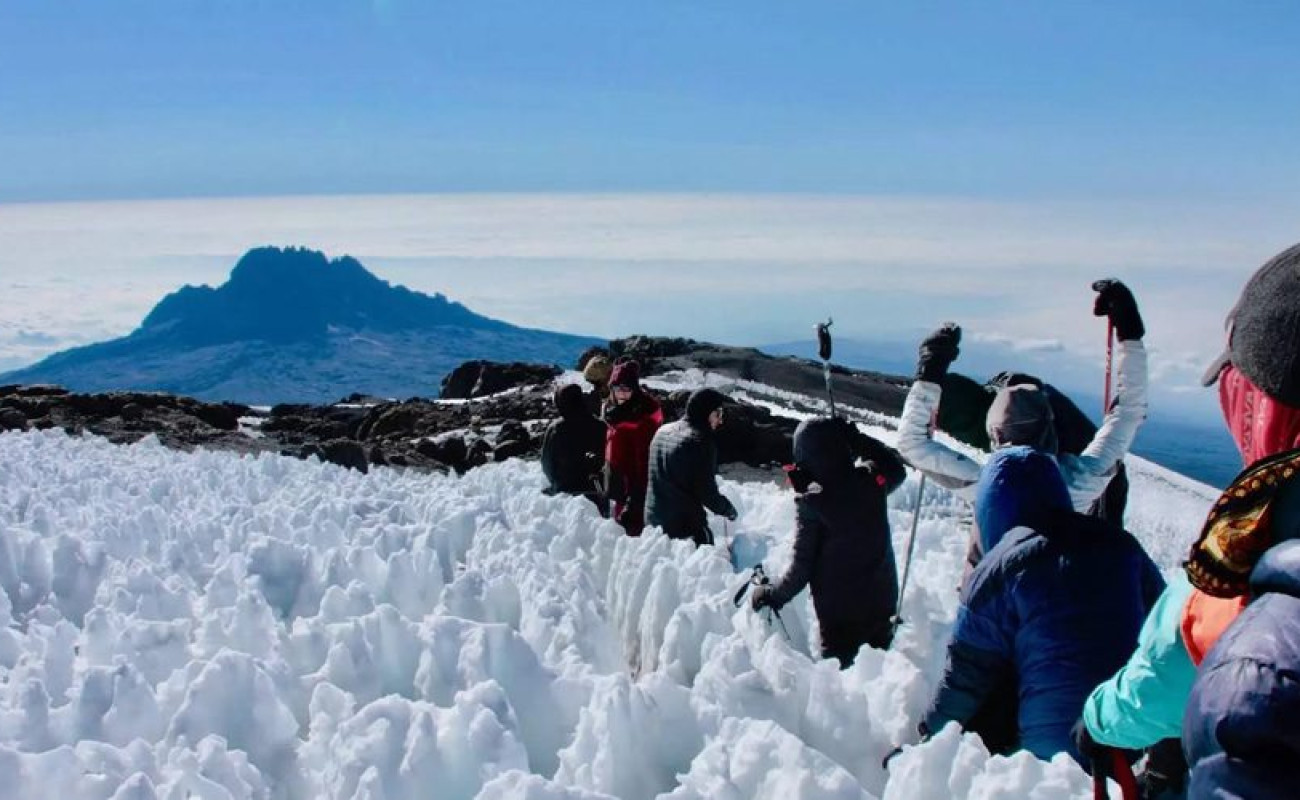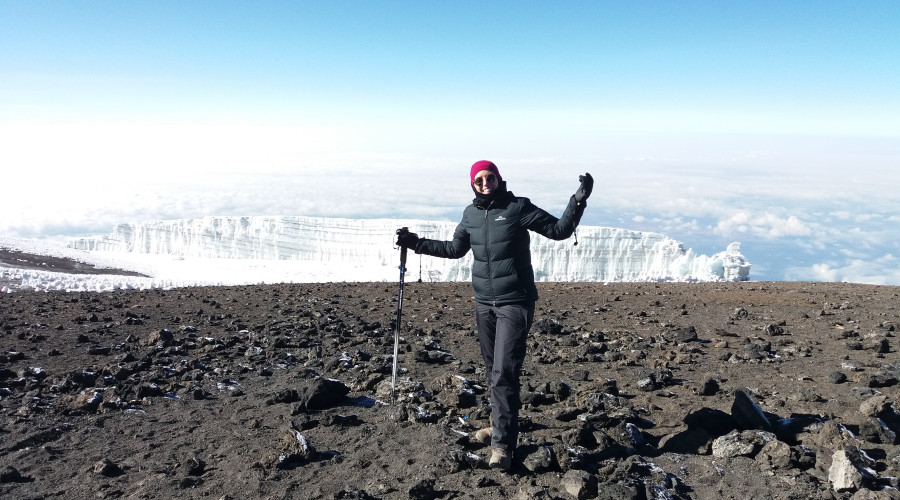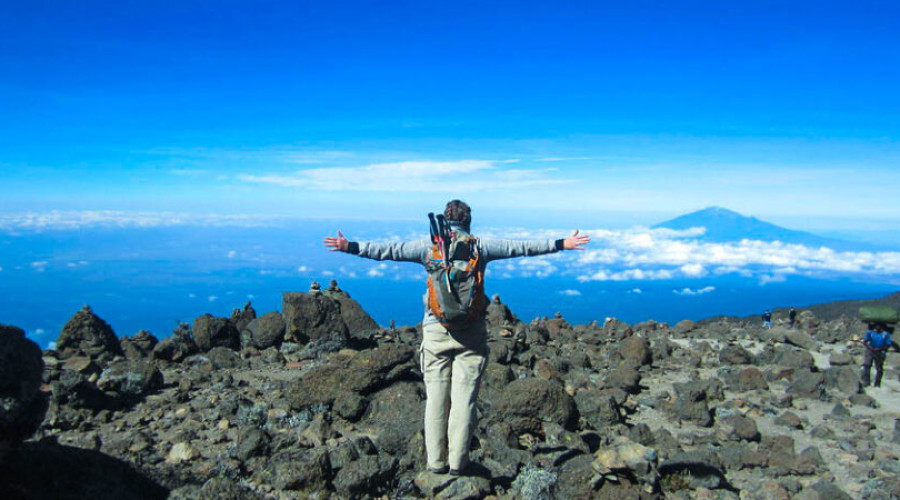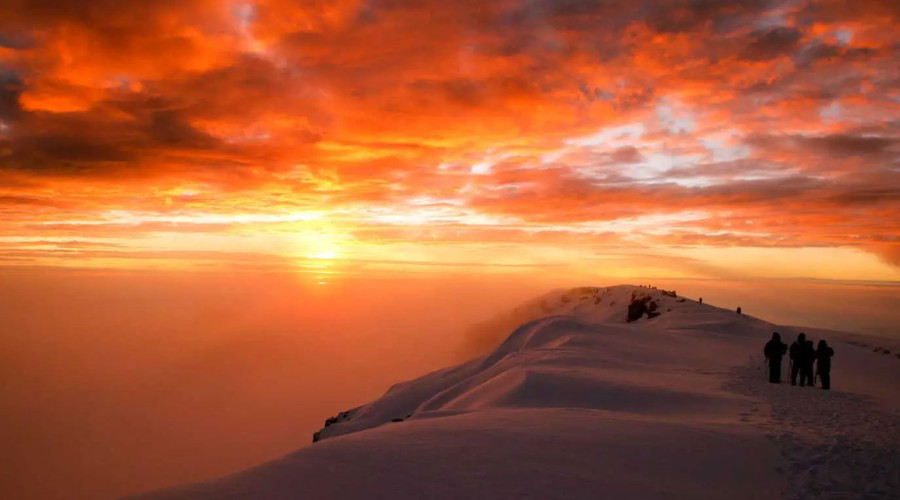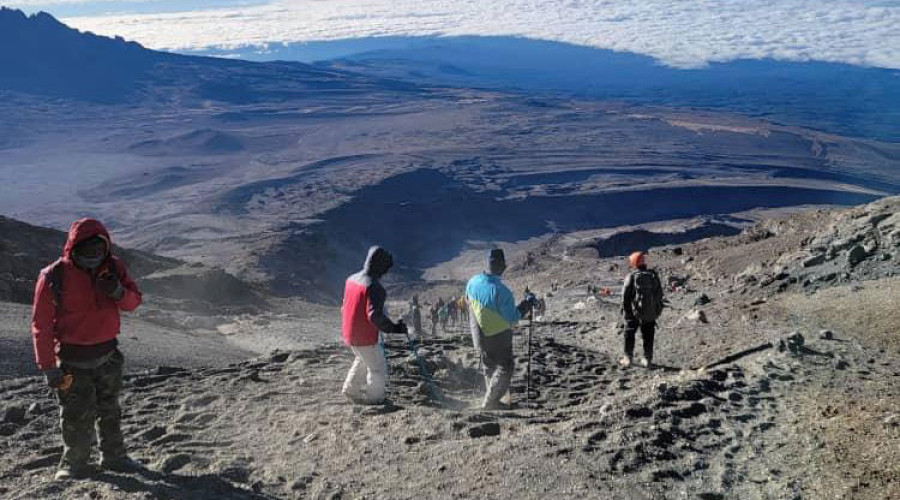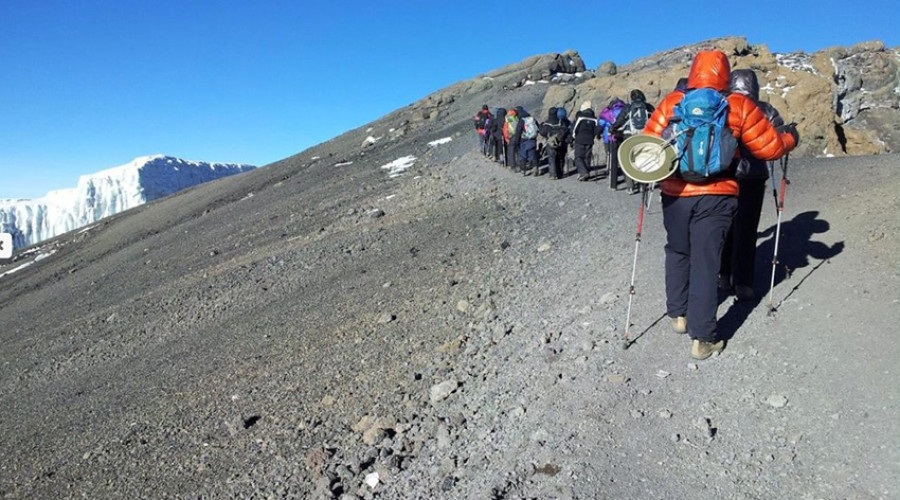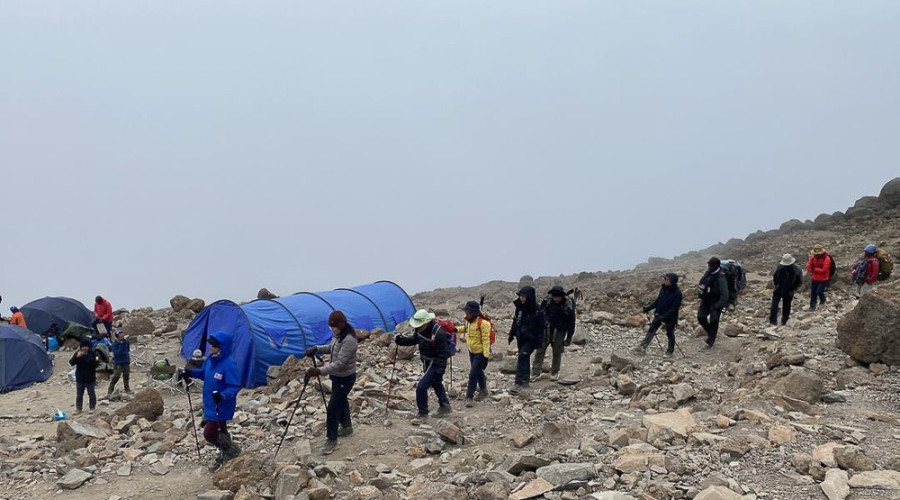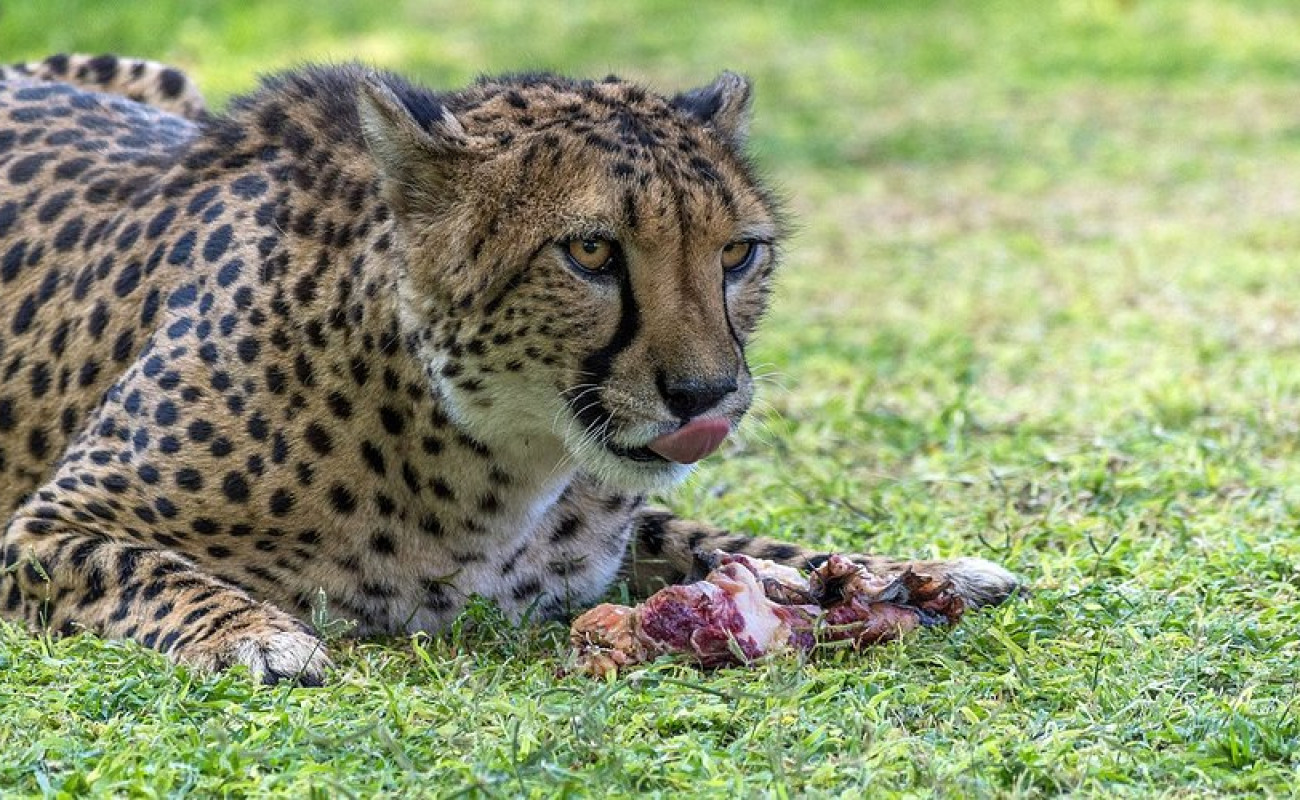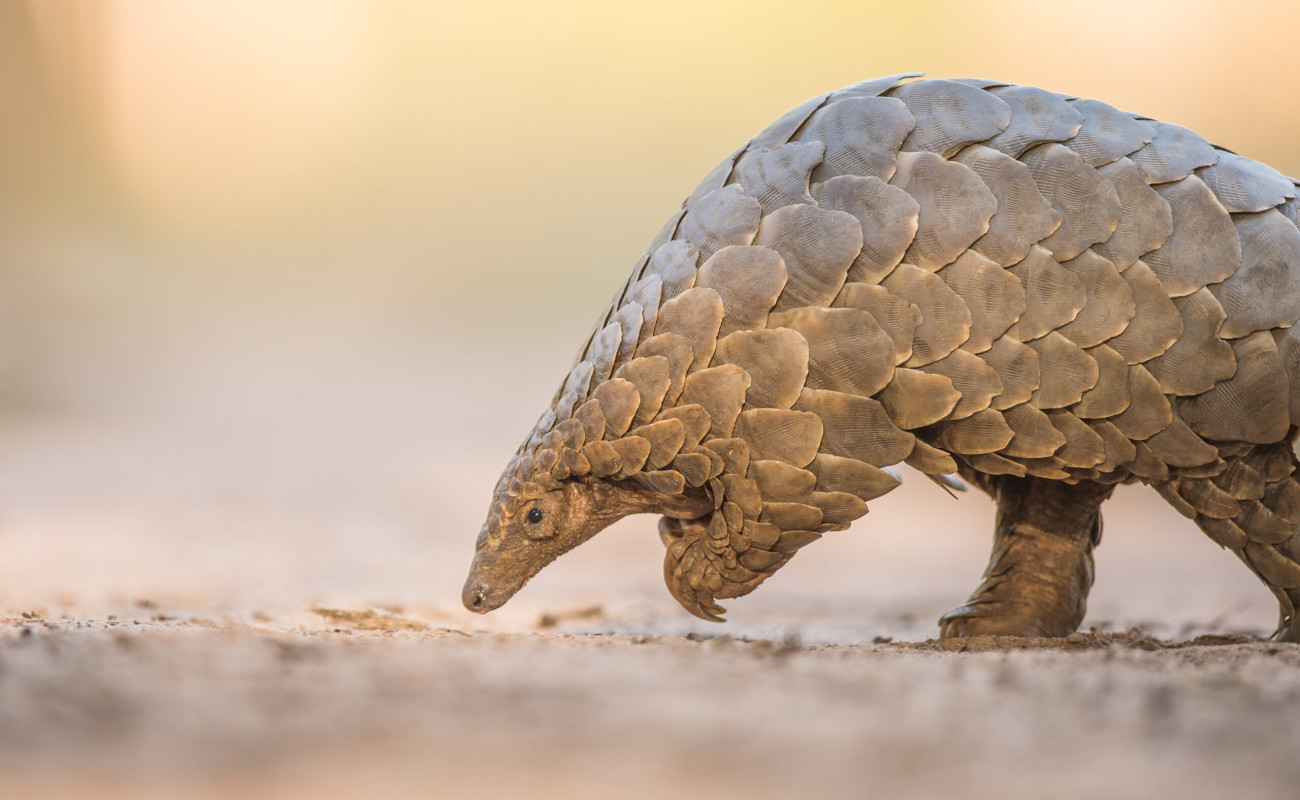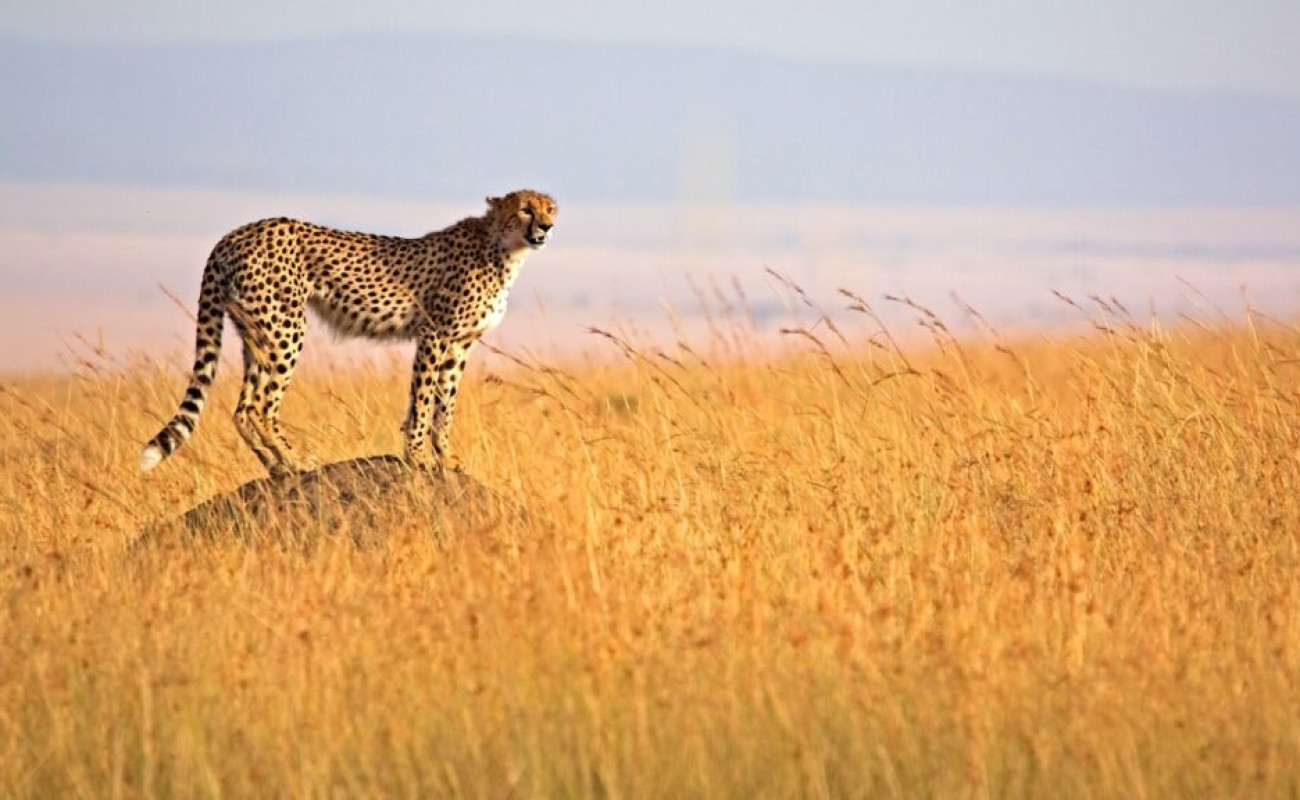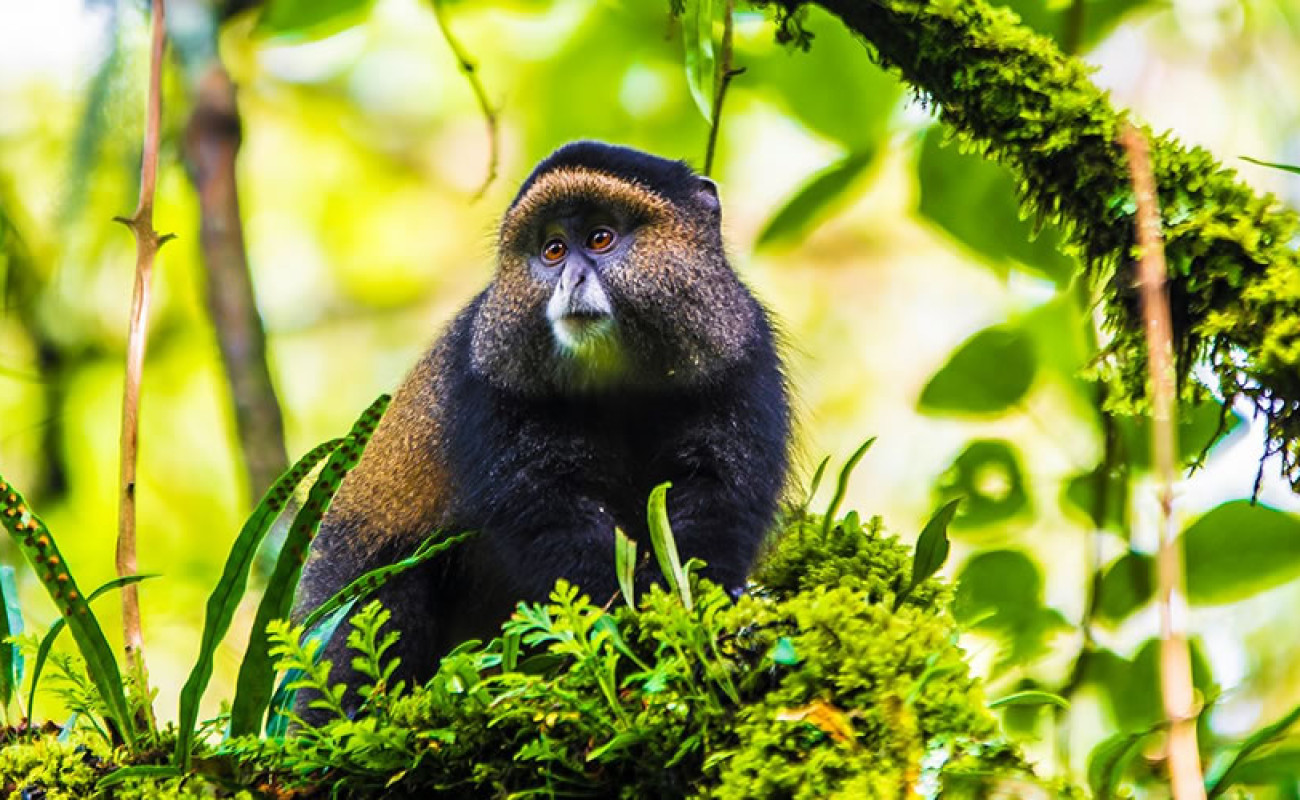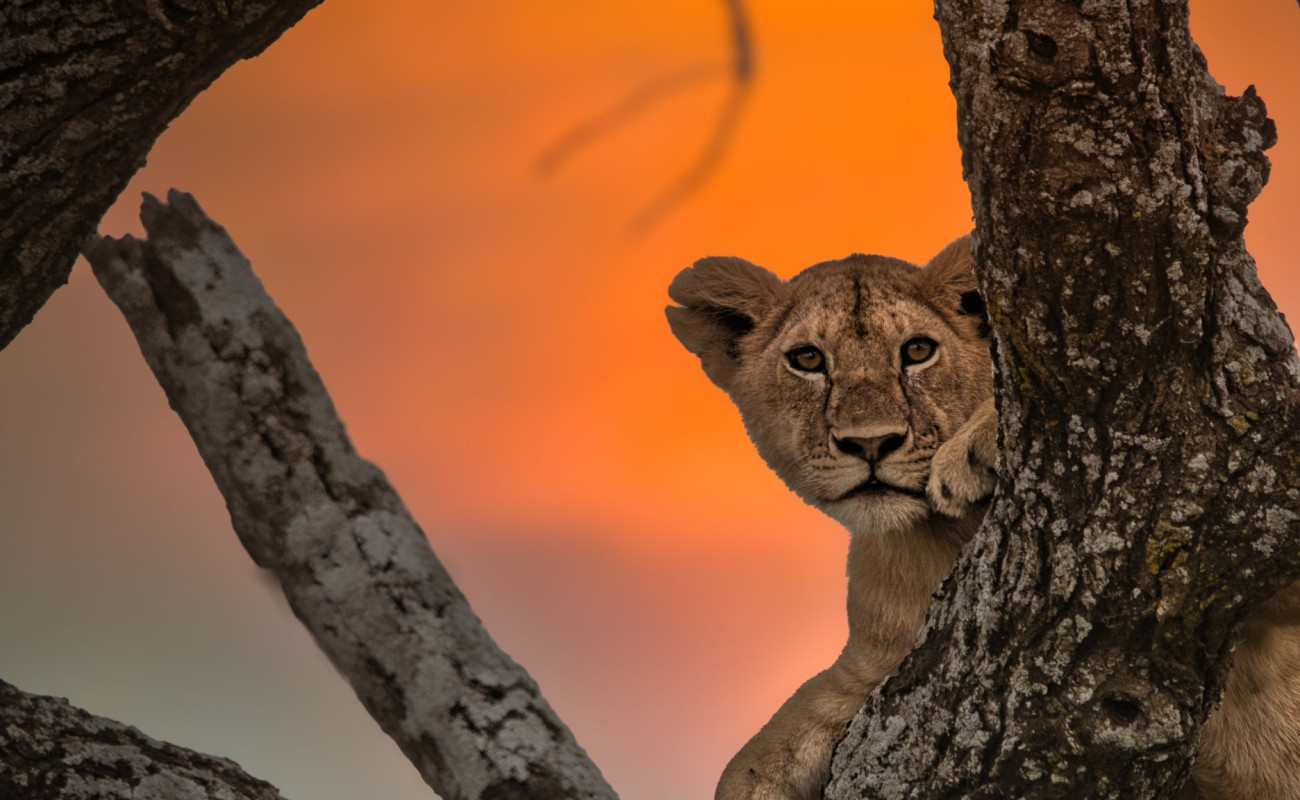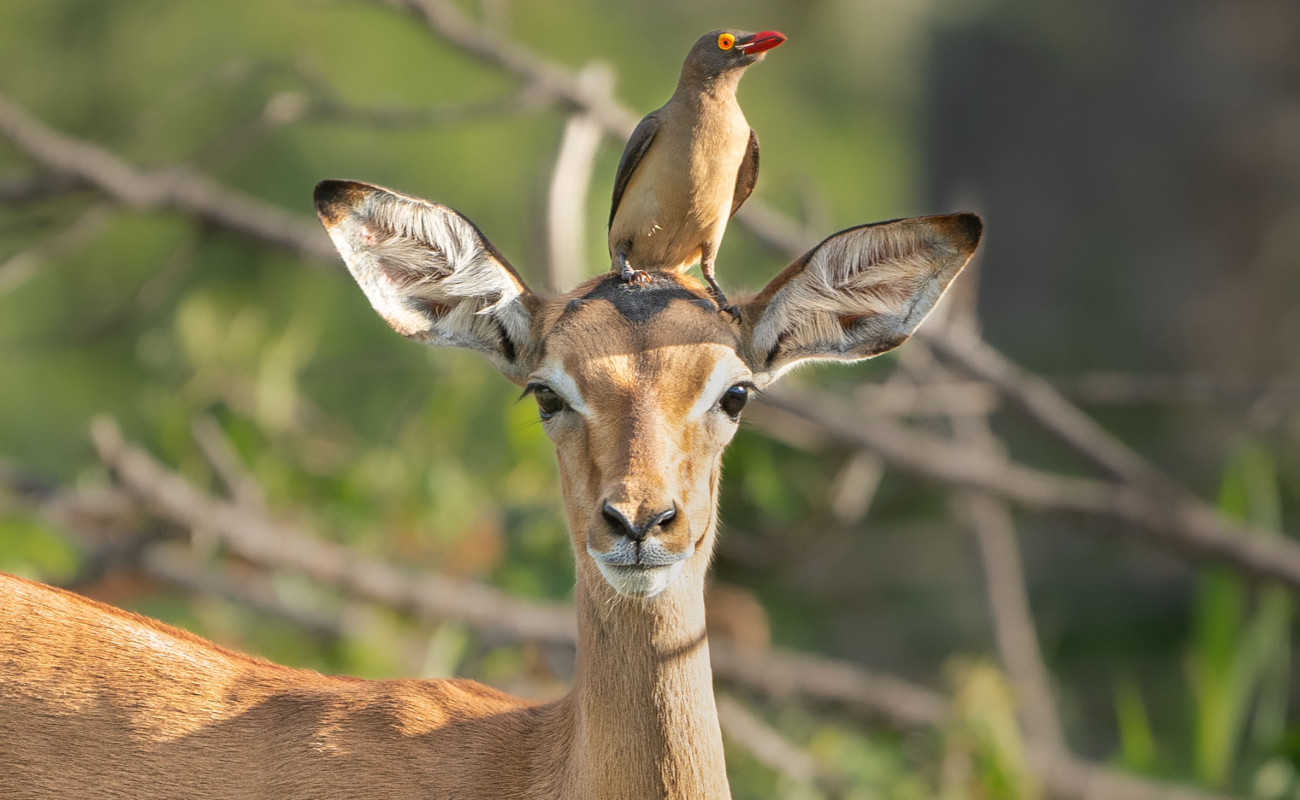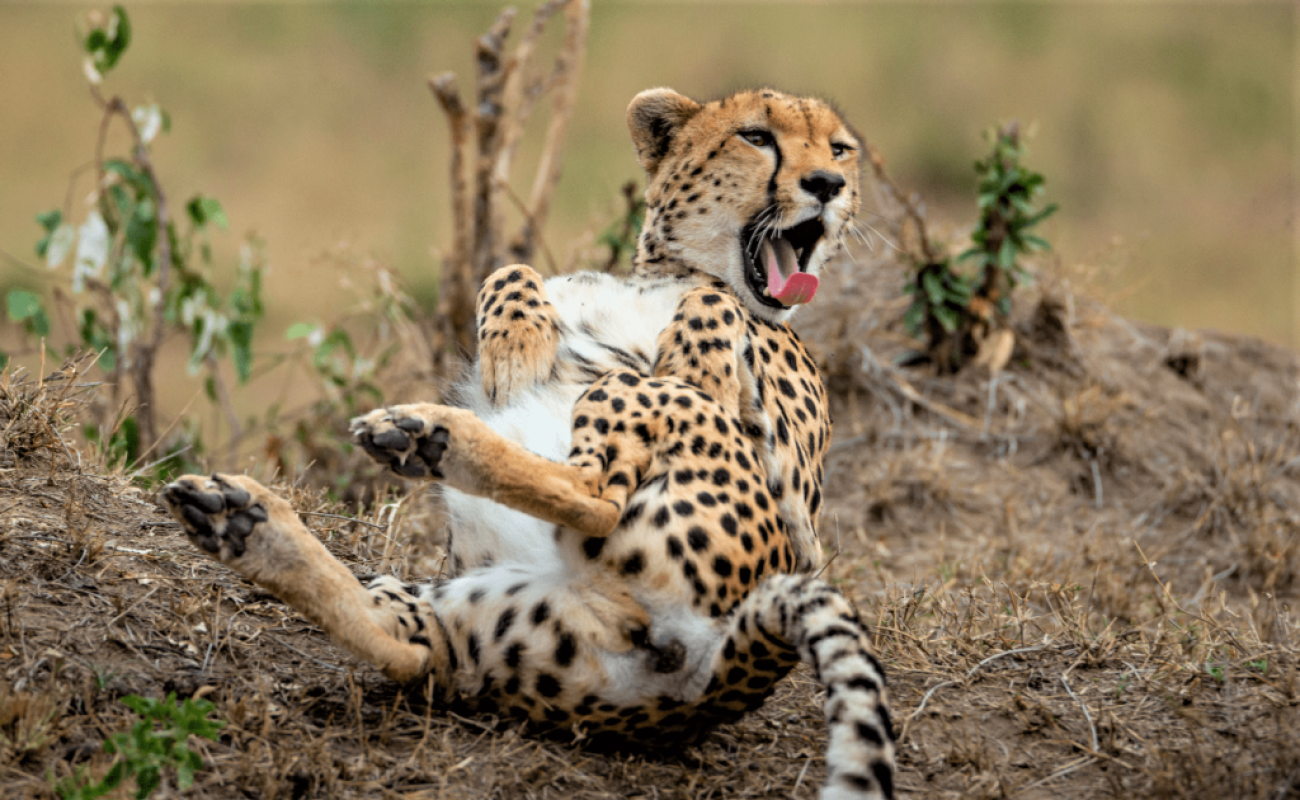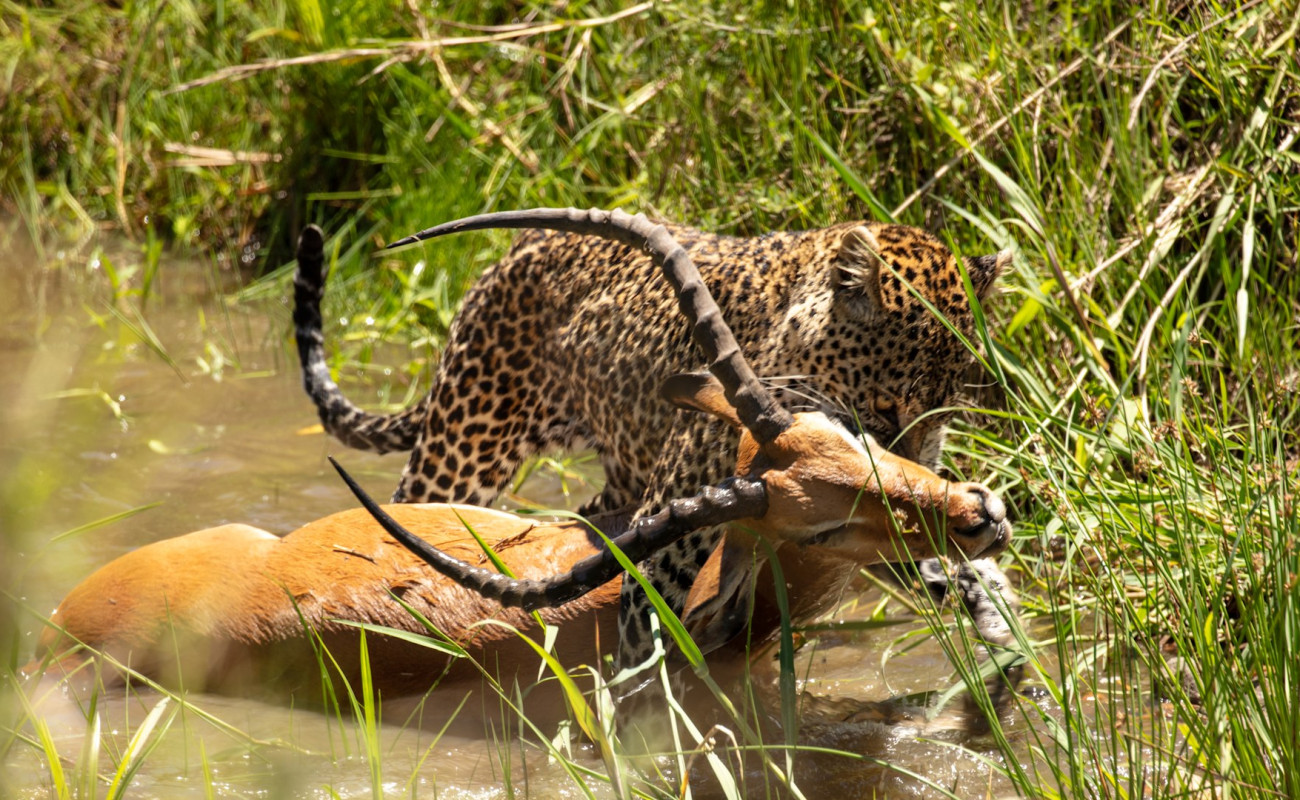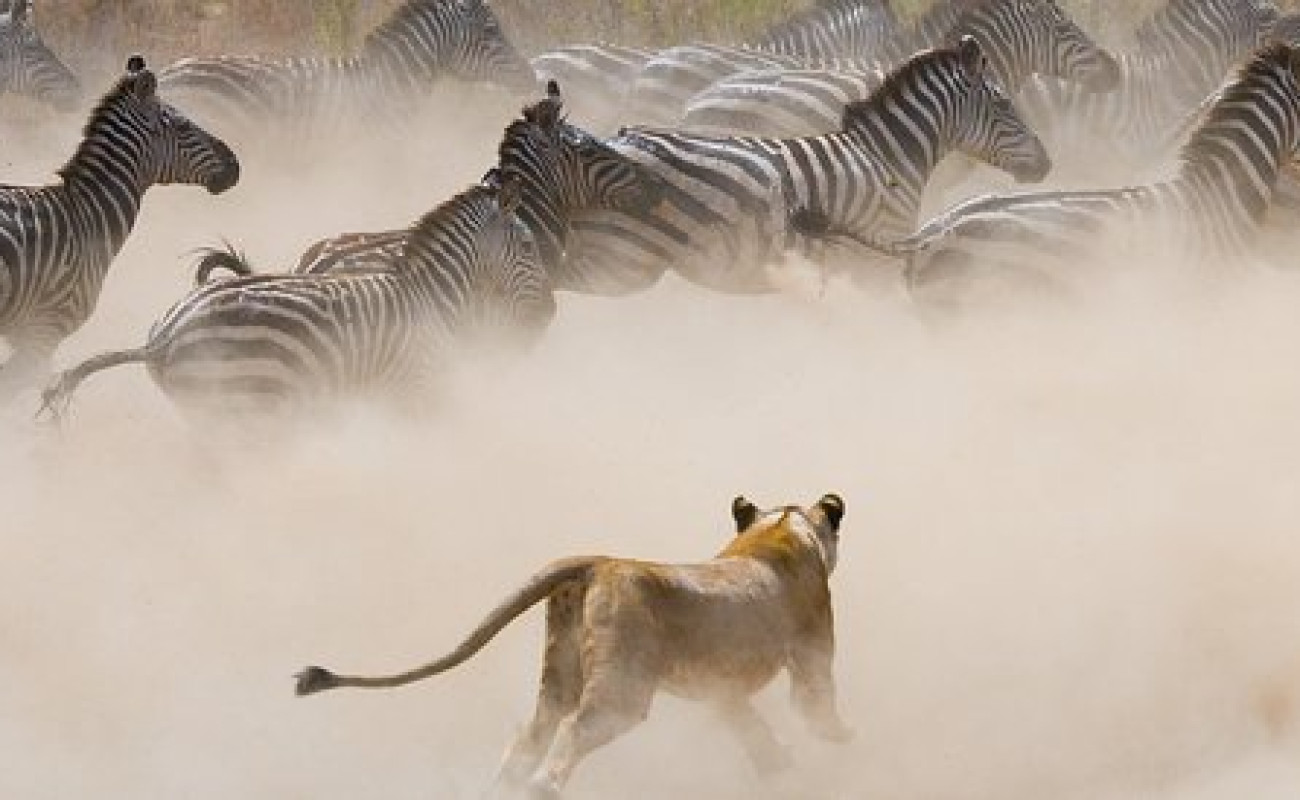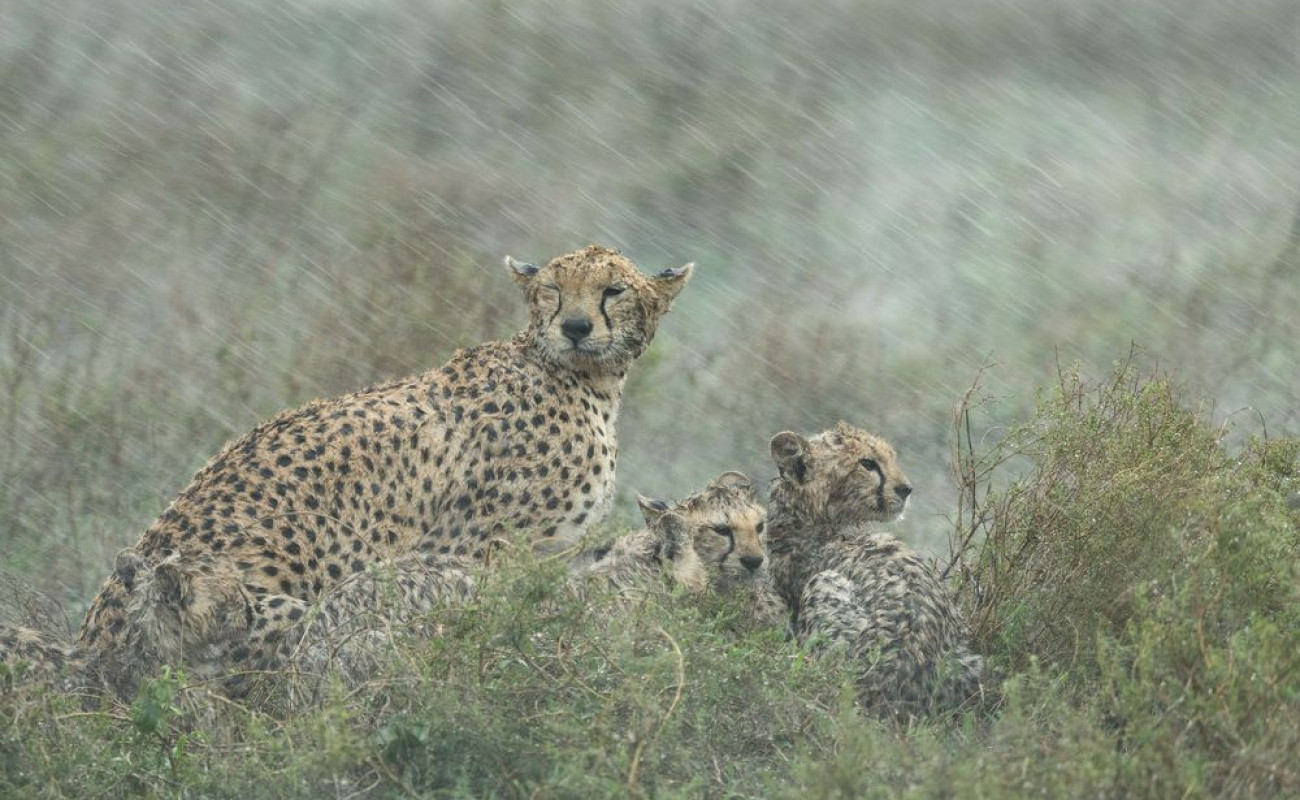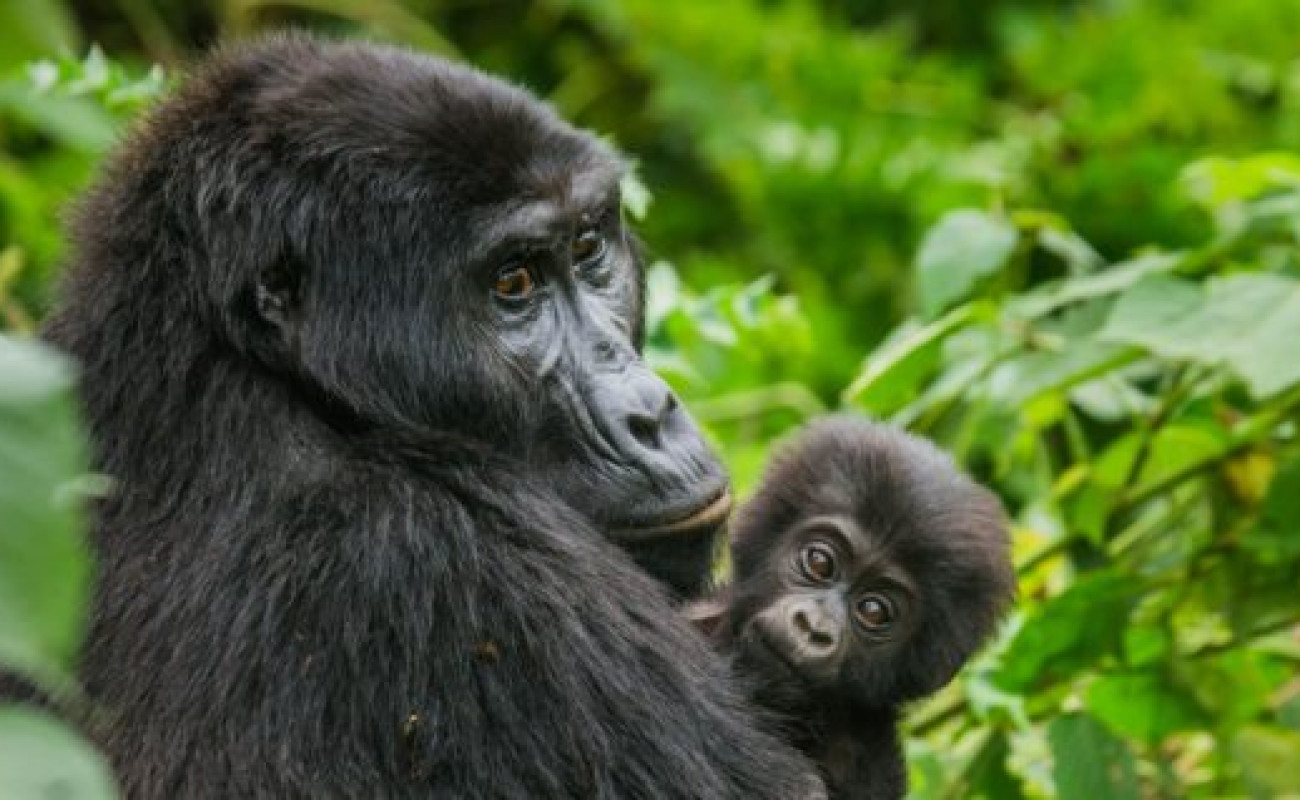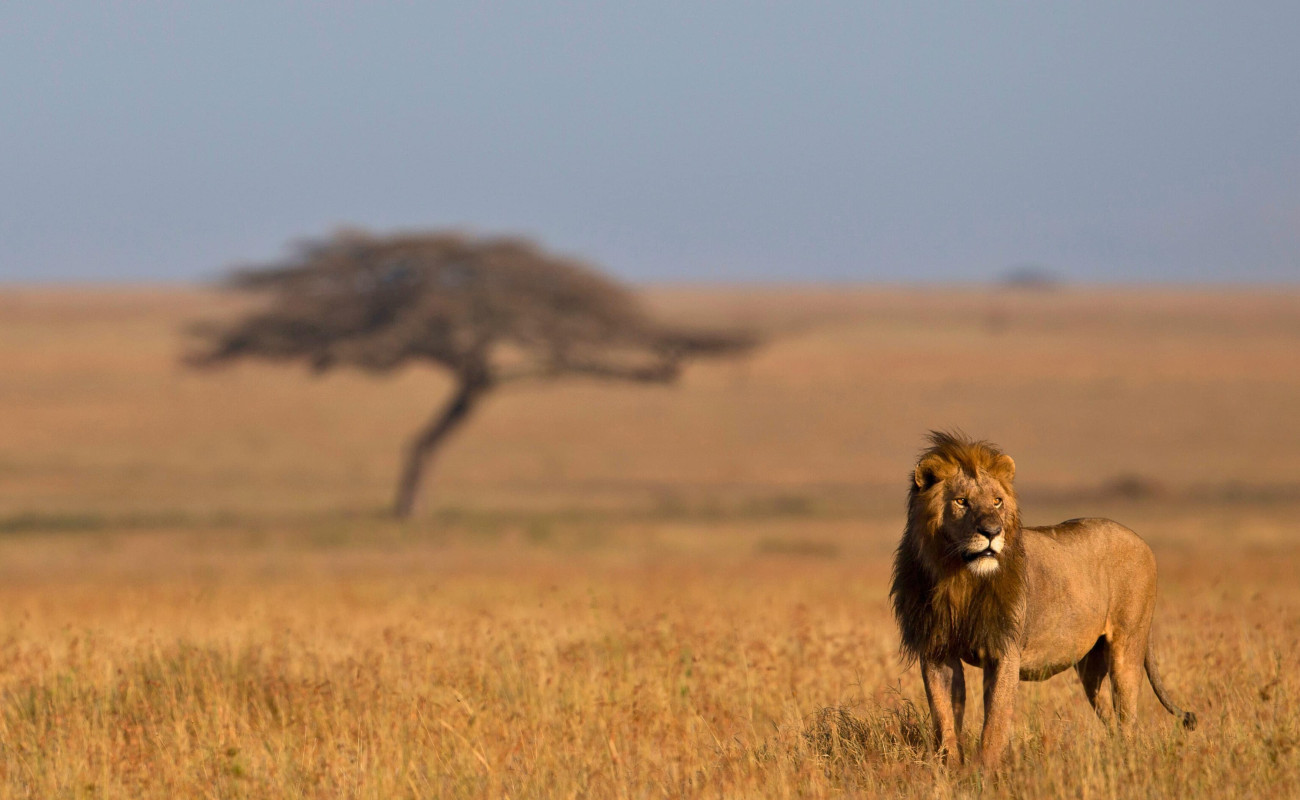Day 1: Umbwe Gate (1,600 m) → Umbwe Camp (2,850 m)
Distance: 11 km | Hiking Time: 5–7 hours
Habitat: Rainforest → Heath
Your journey begins with a drive to Umbwe Gate, followed by registration at Machame Gate. The trail dives straight into a dense rainforest with an aggressive incline. Towering fig trees and vines shroud your surroundings as you ascend a sharp forestry track. By mid-afternoon, you’ll reach Umbwe Camp, tucked into thick undergrowth on a narrow ridge between two rivers.
Expect high humidity, muddy sections, and minimal foot traffic.
Day 2: Umbwe Camp (2,850 m) → Barranco Camp (3,976 m)
Distance: 6 km | Hiking Time: 4–5 hours
Habitat: Heath → Moorland
Today the forest begins to thin, giving way to moss-draped trees and rocky ridgelines. The trail offers glimpses of Kibo Peak looming ahead. After traversing Umbwe Ridge, the path descends into the Barranco Valley, known for its prehistoric-looking giant Senecio trees. Overnight at Barranco Camp, where climbers from other routes converge.
Barranco Camp offers one of the most iconic views on Kilimanjaro — the Southern Ice Field glinting at sunrise.
Day 3: Barranco Camp (3,976 m) → Karanga Camp (4,035 m)
Distance: 5 km | Hiking Time: 4–5 hours
Habitat: Alpine Desert
This day starts with a climb up the Barranco Wall, a 300-meter scramble along a rock face known locally as the “Breakfast Wall.” Though non-technical, it's a thrilling vertical challenge. You’ll then navigate a series of ridges and valleys before arriving at Karanga Camp, a crucial spot for acclimatization.
Barranco Wall is a highlight of the route — dramatic, exposed, and unforgettable.
Day 4: Karanga Camp (4,035 m) → Barafu Camp (4,673 m)
Distance: 4 km | Hiking Time: 4–5 hours
Habitat: Alpine Desert
A shorter but steeper ascent leads you to Barafu Camp, the final base before summit push. The landscape is stark and moon-like — a world of volcanic gravel and sweeping glacier views. Rest early; your summit attempt begins around midnight.
From here, both Mawenzi and Kibo peaks dominate the horizon.
Day 5: Barafu (4,673 m) → Uhuru Peak (5,895 m) → Mweka Camp (3,100 m)
The summit day starts before dawn. You’ll ascend slowly over scree slopes under a sky full of stars. Around sunrise, you’ll reach Stella Point, and from there it's a final push to Uhuru Peak, the highest point in Africa.
After celebrations, photos, and a moment to reflect, descend rapidly back to Mweka Camp, dropping nearly 3,000 meters in a single day.
The descent can be hard on the knees — trekking poles are essential.
Day 6: Mweka Camp (3,100 m) → Mweka Gate (1,640 m)
Distance: 10 km | Hiking Time: 3–4 hours
Habitat: Rainforest
A relaxed final trek through the lush lower rainforest, where the humidity rises and flora returns. Upon reaching Mweka Gate, you’ll receive your summit certificate and head back to Moshi — proud, sore, and forever changed.
